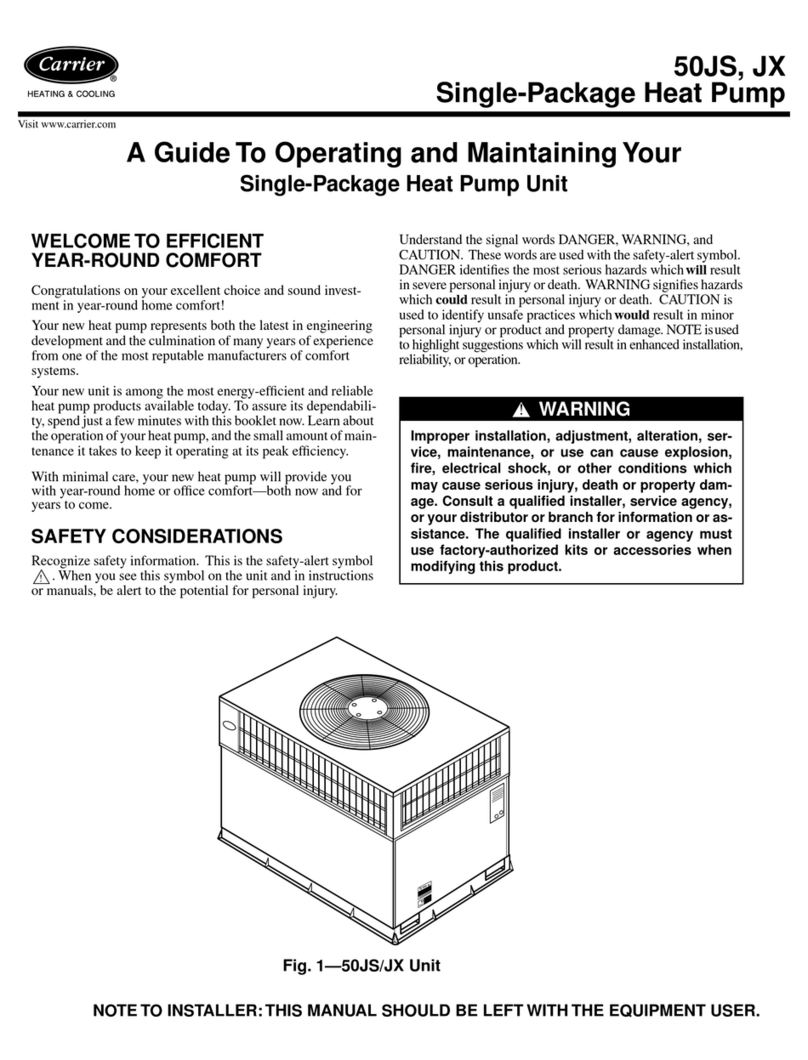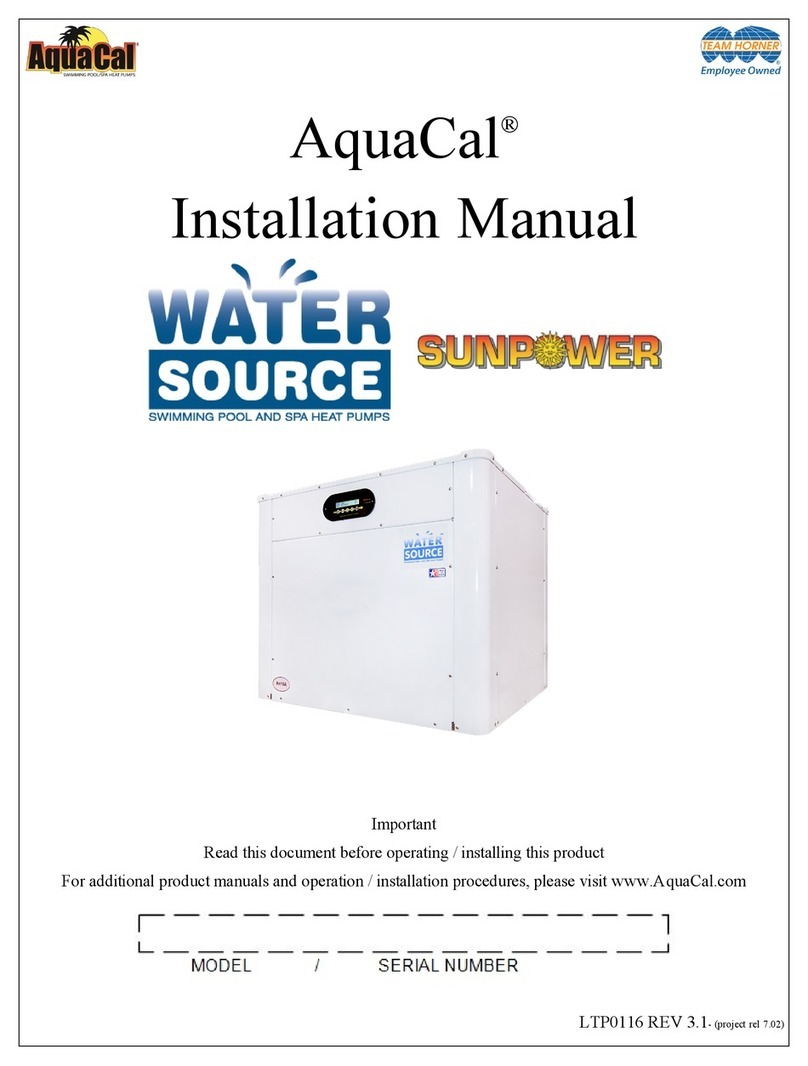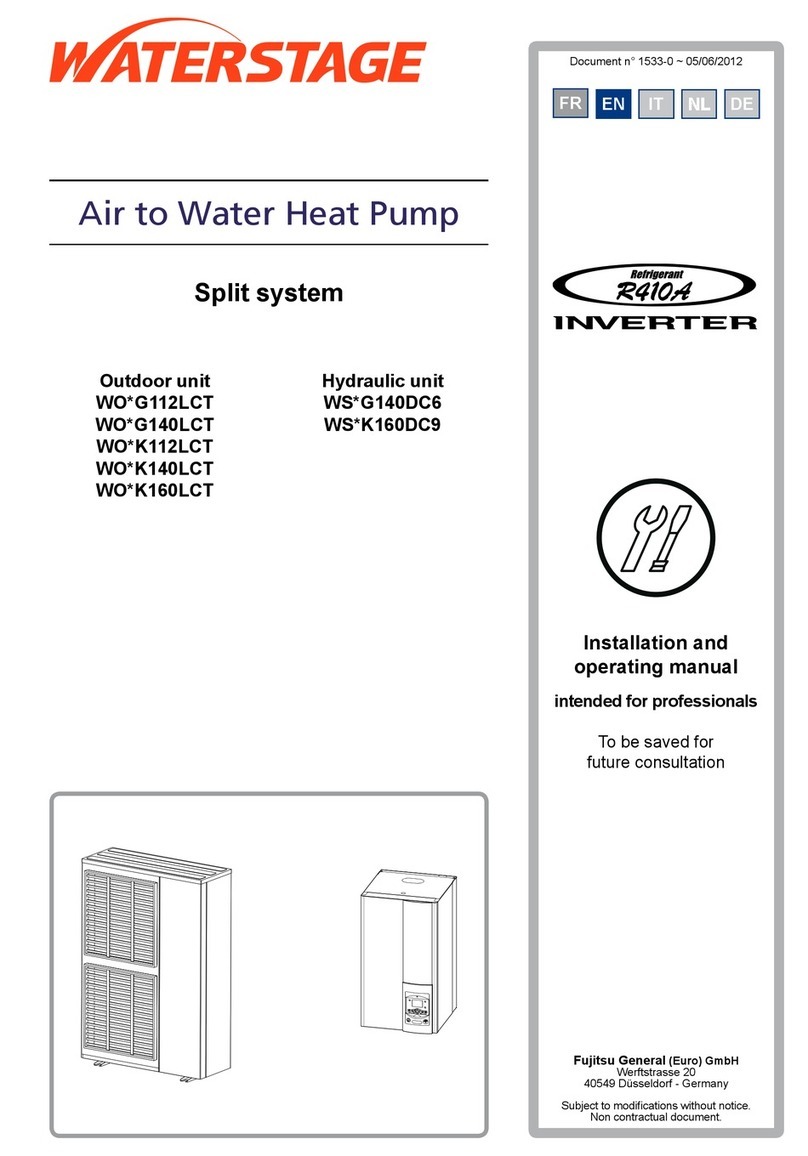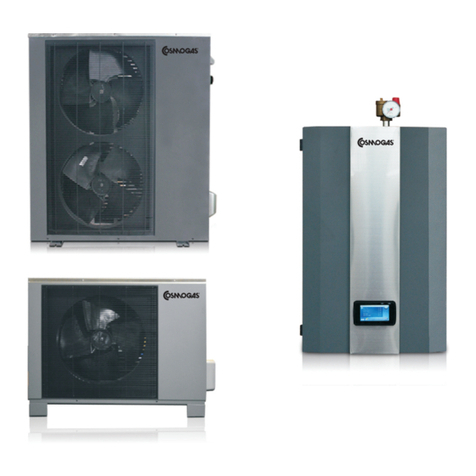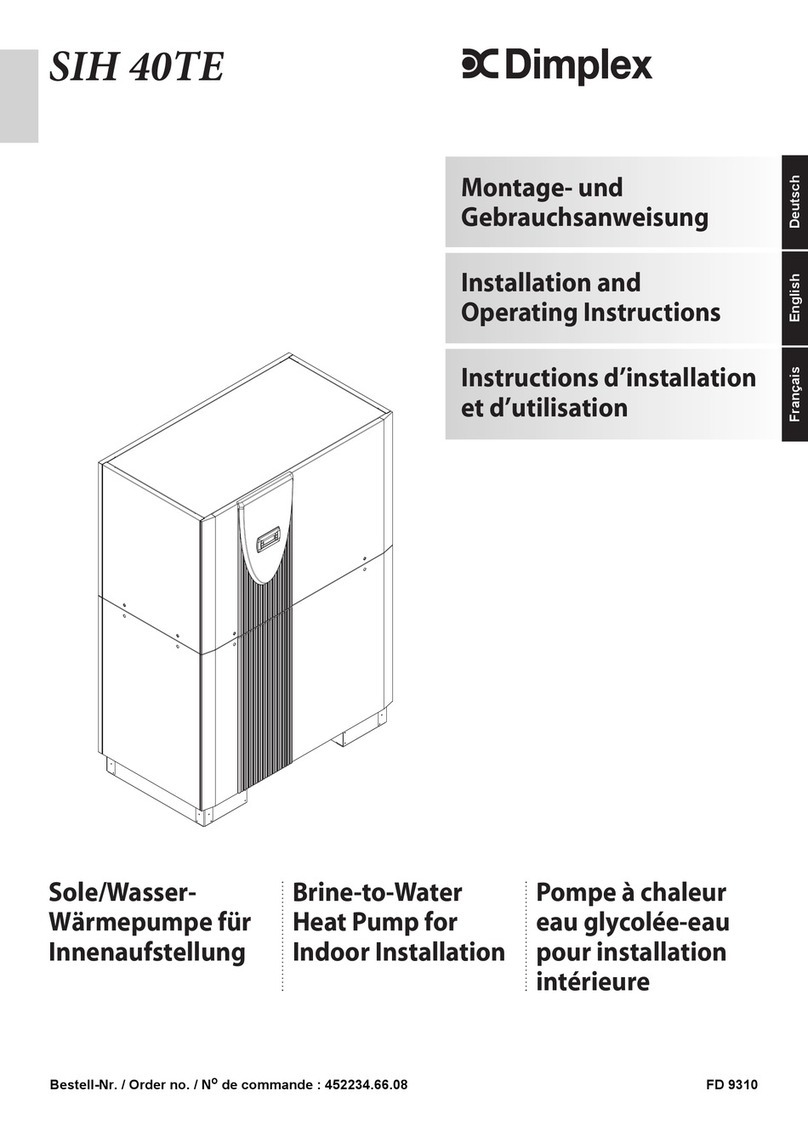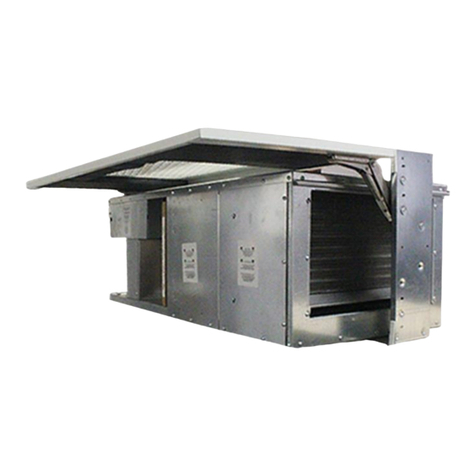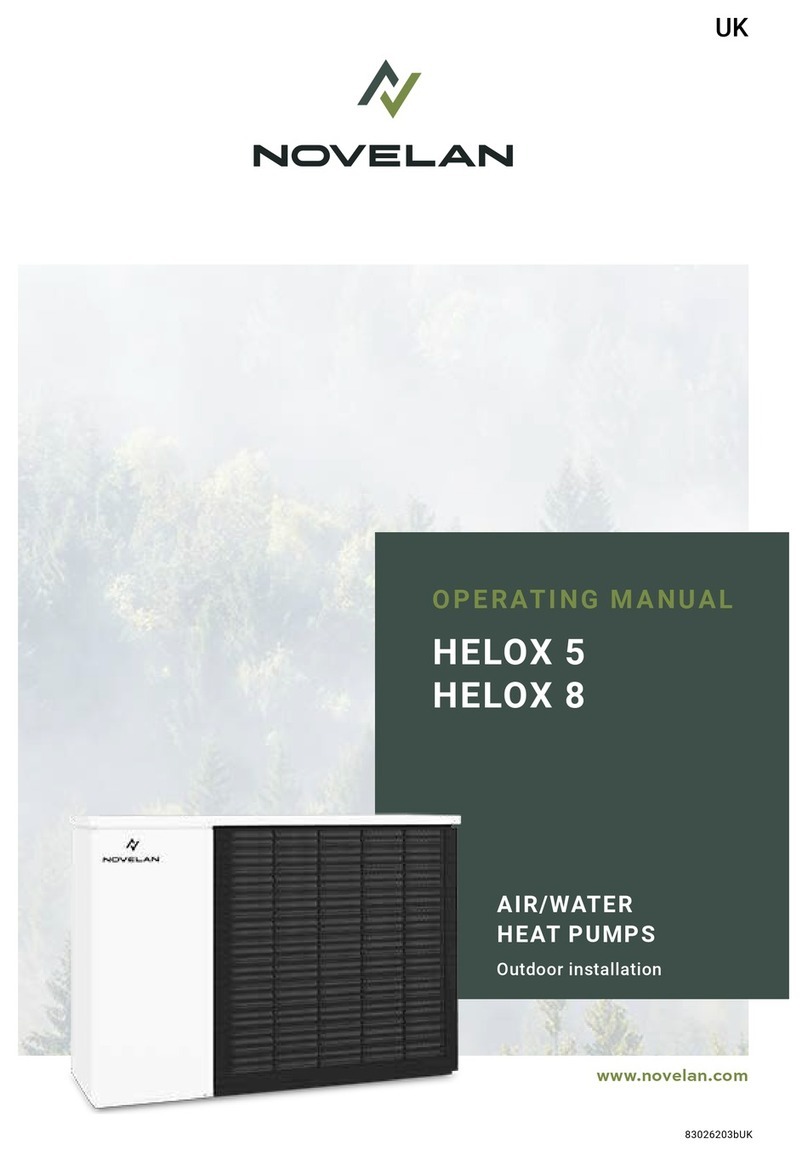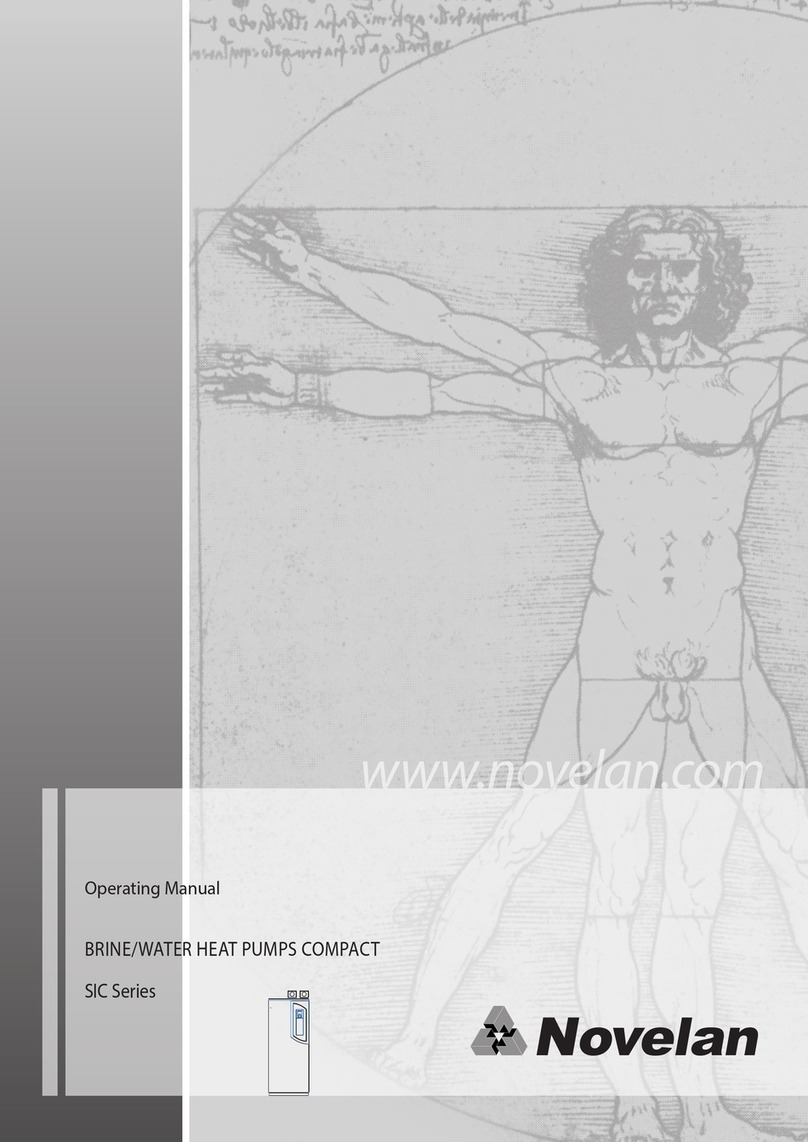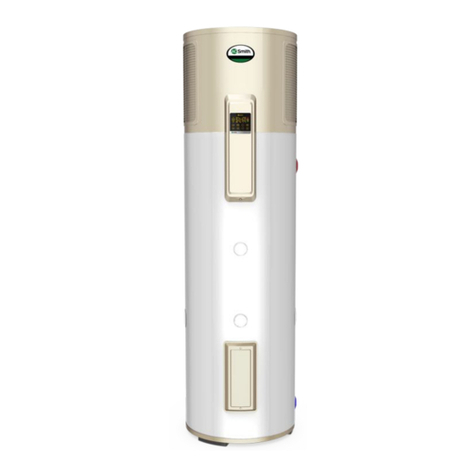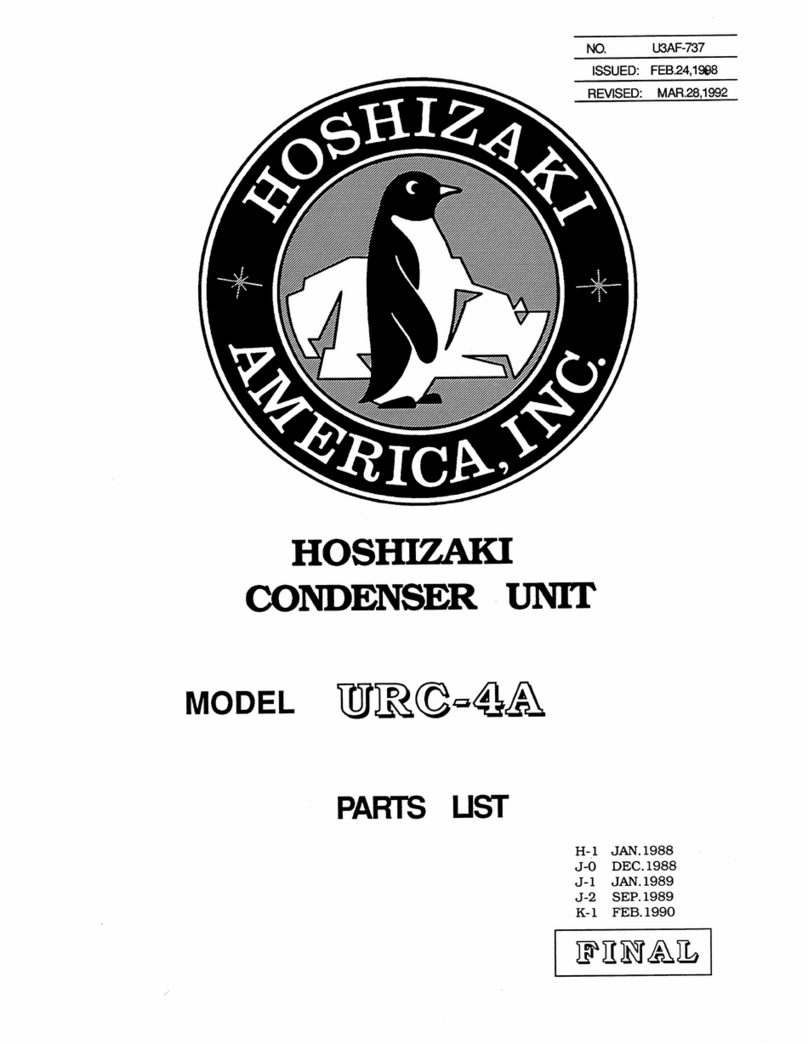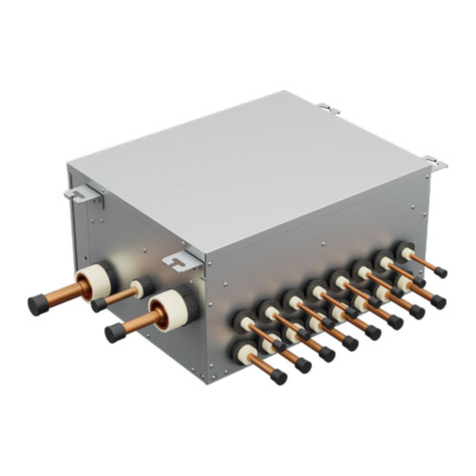
20 83051403cUK – Translation into English of the original German operating manual – Subject to change without notice. www.novelan.com
Flushing, lling and bleeding the
system
WATER QUALITY OF THE FILL AND ADDITIONAL
WATER IN HOT WATER HEATING SYSTEMS
ACCORDING TO VDI2035
PART I AND II
Use of modern, energy-ecient heat pump systems
is becoming increasingly widespread. Their ingenious
technology enables these systems to achieve very good
eciencies. The decreasing space available for heat
generators has led to the development of compact
units with increasingly smaller cross-sections and high
capacities. This means the complexity of the systems and
the material diversity are also increasing, which plays an
important role especially in their corrosion behaviour.
The heating water not only aects the eciency of the
system, but also the life of the heat generator and the
heating components of a system.
The guide values of VDI 2035 Part I and Part II must
therefore be complied with as minimum requirements
for proper operation of the systems. Our practical
experience has shown that the safest and most trouble-
free running of the systems is achieved with so-called
low-salt operation.
VDI 2035 Part I gives important information and
recommendations regarding scaling and its prevention
in heating and domestic hot water heating systems.
VDI 2035 Part II primarily deals with the requirements for
reducing heating water corrosion in hot water heating
systems.
PRINCIPLES OF PART I AND PART II
The occurrence of scaling and corrosion damage in hot
water heating systems is low, if
- proper planning and commissioning is carried out
- the system is closed in corrosion terms
- adequately dimensioned pressurising is integrated
- the guide values for the heating water are complied
with
- and regular servicing and maintenance are carried out.
A system log should be kept, in which the relevant plan-
ning data is entered (VDI 2035).
DAMAGE THAT CAN OCCUR IN CASE OF NON
COMPLIANCE
- Malfunctions and the failure of components (e.g.
pumps, valves)
- Internal and external leaks (e.g. from heat exchangers)
- Cross-section reduction and blockaging of componen-
ts (e.g. heat exchanger, pipes, pumps)
- Material fatigue
- Gas bubbles and gas cushion formation (cavitation)
- Negative eect on heat transfer (formation of coatings,
deposits) and associated noises (e.g. boiling noises, ow
noises)
LIMESCALE THE ENERGY KILLER
Filling with untreated drinking water inevitably leads
to the precipitation of all calcium as scale. The conse-
quence: limescale deposits form on the heat transfer
surfaces of the heating. The eciency falls and the en-
ergy costs rise. A rule of thumb is that 1 millimetre of
limescale deposit causes an energy loss of 10%. In ex-
treme cases it can even cause damage to the heat ex-
changers.
WATER SOFTENING TO VDI 2035 PART I
If the water is softened before the heating is lled, in
accordance with the VDI 2035 guidelines, no scale can
form. This eectively and permanently prevents limes-
cale deposits and the resulting negative eects on the
entire heating system.
CORROSION AN UNDERESTIMATED PROBLEM
VDI 2035, Part II, deals with the problem of corrosion.
Softening the heating water can prove to be insuci-
ent. The pH value can signicantly exceed the limit of
10. pH values higher than 11 can set in, which even da-
mage rubber seals. The VDI 2035, Part 1 guidelines are
fullled, however, VDI 2035, Part 2 suggests a pH value
between 8.2 and maximum 10.
If aluminium materials are used, which is the case in ma-
ny modern heating systems, a pH value of 8.5 must not
be exceeded, because otherwise there is a threat of cor-
rosion – and aluminium is attacked without the pre-
sence of oxygen. Therefore, apart from softening the he-
ating ll and additional water, the heating water should
also be appropriately conditioned. This is the only way
to comply with the VDI 2035 requirements and the re-





















